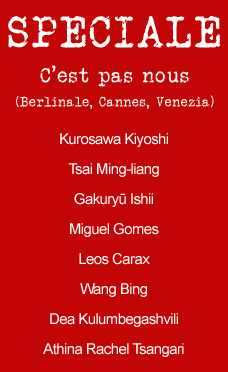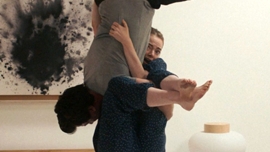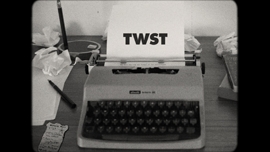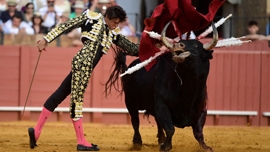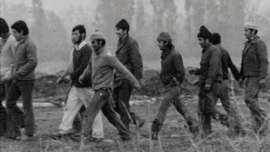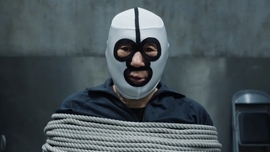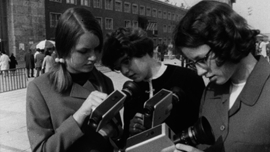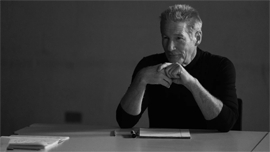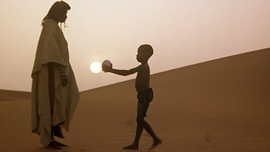by Lorenzo Esposito and Naked
Ang Babaeng Humayo (The Woman Who Left): The Art of the Invisible
Last winter, on an island, you shot The Woman Who Left in a continuation of a sort of mapping of the Philippines that you had previously started...
I like this word: mapping. That’s exactly what I do. Many Philippino filmmakers just shoot their works in the surroundings of Manila, the capital; others, like myself, like to wander around and find new places...
Do you choose places that you already know well?
Not really. Either I look for places that suit the story, or I find the story in the places I visit. Sometimes I've got a script or, simply, an idea, so I go for location hunting and, if I find a place that suits my story, I stay there for a while.
Sometimes it is the location that gives you an idea....
Yes, sometimes I don’t have a story, I just go to an island and I stay there until I find a story.
For The Woman Who Left you have chosen a specific year and historical setting: 1997, when Hong Kong was returned to China…
It was a complicated year for the Philippines, very violent, a lot of kidnappings happened. Many rich Chinese-Philipino coming back home and many tourists were kidnapped.
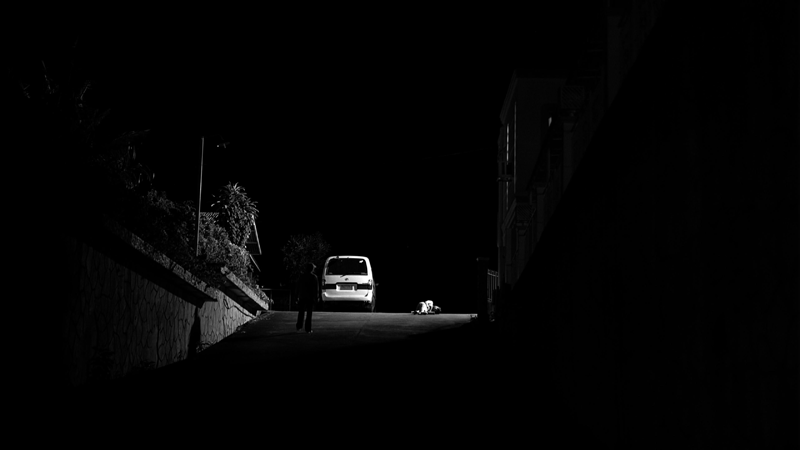
All because of Hong Kong returning to China?
Yes, because there was a huge Chinese-Philipino exodus. That year was also full of violent events: a Philipino murdered Versace, Princess Diana died, Madre Teresa died, too, and she is a huge personality in our country. Philipinos love Madre Teresa! So many things happened that year… One of the most sensational story that year was about two young Philipino-Chinese girls who were attacked and raped in the middle of the day by two rich Philipinos… This is why I decided to condense the film during that year.
Is Horacia's story in the film inspired by a real event?
No, it is inspired by Lev Tolstoj’s short story God Sees the Truth, But Waits.


